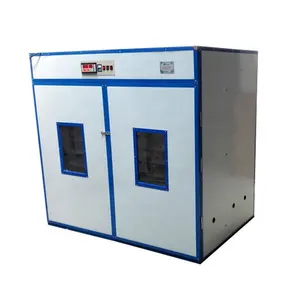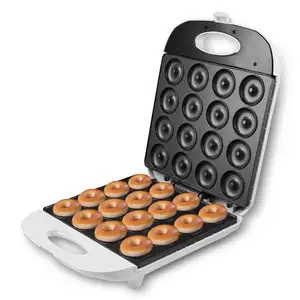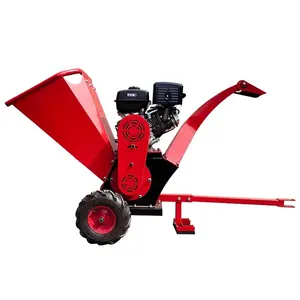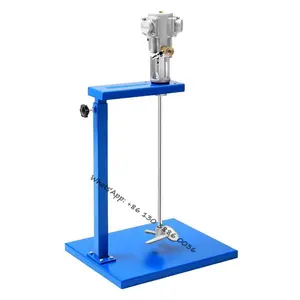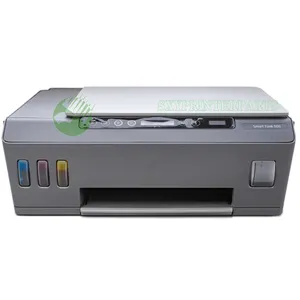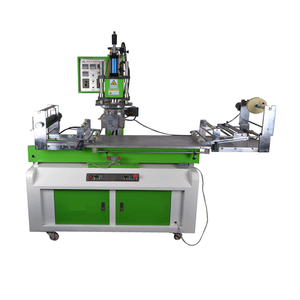Popular in your industry























































Related Searches:







































































































Top categories
About labels for plastic cups
What are Plastic Cup Labeling Solutions
Plastic cup labeling solutions are specialized systems designed to apply labels to plastic cups, ensuring product identification and enhancing the overall aesthetic appeal of the beverage packaging. These solutions cater to various industries, including food and beverage, personal care, and hospitality, where plastic cups are commonly used for serving drinks such as water, soft drinks, juices, and alcoholic beverages. The labels can also be used for promotional purposes, branding, or to provide information about the contents of the cup.
The process of labeling plastic cups involves automated or semi-automated machines that apply labels to the cups at high speed. These machines can vary in complexity, from manual feeders that require an operator to place each cup for labeling to fully automated systems that can label hundreds of cups per minute. The labels themselves are typically made from materials that withstand moisture and can include custom designs, colors, and branding elements to meet the specific needs of the business or event.
Plastic cup labeling solutions work on the principle of adhesive application. Labels are dispensed from a roll or stack, and the cup is then presented to the labeling machine. The machine precisely positions the cup, and the label is applied with the desired orientation and alignment. Some advanced systems may incorporate technology such as thermal transfer printing or direct thermal printing to apply labels with high-quality graphics and text.
Types of Plastic Cup Labeling Solutions
Plastic cup labeling solutions are versatile and can be customized to meet specific needs in the beverage and food industries. Some commonly used types include:
-
In-Mold Labels (IML): These labels are applied when the plastic cup is being molded, which means they become an integral part of the cup itself. They are known for their durability and resistance to moisture, making them suitable for long-term use in products like ice cream containers or high-end drinkware.
-
Pressure-Sensitive Labels (PSL): These are self-adhesive labels that can be easily peeled off from their backing and applied to cups without additional equipment. They offer flexibility for small-batch productions or frequent label changes in a restaurant or cafe.
-
Shrink Labels: Also known as shrink sleeves, these labels are placed around or shrink tightly over the exterior of a cup when heat is applied. They provide a tamper-evident seal and are ideal for products that require additional protection against moisture or tampering.
-
Wrap Labels: Wrap-around labels are designed to encircle an entire cup or package. They are commonly used for promotional events or branding purposes where full coverage is desired.
-
Thermoforming Labels: These labels are used when customization is key. They start as a flat film and are then molded into the specific shape required for each individual cup or container. Thermoforming allows for complex shapes and excellent clarity in graphics.
Each type has its own common use cases based on its unique properties such as flexibility, moisture resistance, and aesthetic appeal. When selecting a plastic cup labeling solution, it's important to consider both the functional requirements for the label's use and the branding or promotional message that it conveys.
How to choose Plastic Cup Labeling Solutions
Choosing the right plastic cup labeling solution is crucial for businesses that aim for product differentiation and brand recognition. The selection process should consider factors such as the type of cup and its material (PP, PS, PE) to ensure compatibility with the chosen label.
Businesses should also evaluate the desired print quality as well as the required durability. For instance, an essential oil cup label might need to withstand handling and exposure to various temperatures. The environment in which the product will be used (indoors, outdoors) and specific use case scenarios (such as for promotional events or health care products) should also influence the choice of labeling solution.
Furthermore, businesses must consider their budget constraints while also factoring in the potential return on investment. While more advanced systems like heat transfer printing can offer high-quality prints with greater durability, they may come at a higher cost. It is essential to weigh these considerations carefully against the nature of the products being labeled and their specific market demands.
About Plastic Cup Labeling Solutions on Alibaba.com
Alibaba.com stands as a premier online marketplace where businesses seeking reliable plastic cup labeling solutions can find a multitude of options tailored to their specific needs. With an expansive selection of labeling machines from various suppliers around the globe, Alibaba.com makes it easier than ever for companies to source high-quality plastic cup labels that meet both their branding requirements and operational demands.
Whether you're looking for custom stickers for a special event or durable heat transfer labels that will withstand repeated use, Alibaba.com offers an array of choices without compromising on quality. The platform's user-friendly interface allows you to filter search results by material type, color options, printing type, and other specifications to find precisely what you're looking for.
Moreover, Alibaba.com's commitment to facilitating seamless transactions is evident through services like Trade Assurance that protect your payments until delivery is confirmed. With its vast network of suppliers offering products across thousands of categories combined with robust customer support features, Alibaba.com ensures that your business can source plastic cup labels efficiently and confidently to support your growth and success in the competitive global market.
Common FAQs for Plastic Cup Labeling Solutions
What types of materials are commonly used for plastic cup labeling solutions?
Plastic cup labeling solutions are often made from materials like PP (polypropylene), PS (polystyrene), PE (polyethylene), PVC (polyvinyl chloride), PET (polyethylene terephthalate), and more. The choice of material depends on the specific application of the label and the environment in which it will be used.
How do I determine the right size label for my plastic cups?
The size of the label for your plastic cups should be chosen based on the available space on the cup's surface and the amount of information you need to include. Measure both the diameter and height of your cups to ensure the label fits well without wrapping around the container.
Can plastic cup labeling solutions be customized?
Yes, plastic cup labeling solutions can be fully customized to fit your brand requirements. This includes selecting the right material, size, and design for your label, as well as any additional features you may need such as printing type and application method.
Are there eco-friendly options available for plastic cup labeling solutions?
Eco-friendly options are available for plastic cup labeling solutions and can be made from materials like recycled paper or biodegradable plastics. Suppliers may offer these eco-friendly options to cater to businesses that prioritize sustainability.
What printing methods are used for plastic cup labeling solutions?
Common printing methods for plastic cup labeling solutions include heat transfer printing and digital printing. The choice of printing method depends on the material of the label and the level of detail required.
How do I ensure the label will stay securely on the plastic cups during use?
To ensure secure adhesion, choose the right printing method based on the type of label material and the conditions the cups will be used in. Suppliers on Alibaba.com may offer advice on the best printing method for your needs.
Can plastic cup labeling solutions be used on both hot and cold beverages?
Plastic cup labeling solutions can be used for both hot and cold beverages. However, it's important to consider the material and adhesive properties to ensure good performance under different conditions.
Are there any regulations I should be aware of when using plastic cup labeling solutions?
Regulations regarding labeling vary by region and may include guidelines on the use of certain materials or printing methods. It's advisable to check local regulations related to labeling for your specific product and market.
How do I select the right color model for my plastic cup labeling solutions?
Selecting the right color model involves considering the base color of the plastic cup and how well it contrasts with the label design. CMYK (Cyan, Magenta, Yellow, and Black) is commonly used for full-color printing needs.
What is the difference between single and double-wall plastic cups?
Single-wall plastic cups are typically lighter and more cost-effective, while double-wall plastic cups provide better insulation and a more substantial feel due to the extra layer of plastic. The choice depends on the specific requirements of your product.
Can I order a sample before placing a bulk order for plastic cup labeling solutions?
Many suppliers on Alibaba.com offer the option to order a sample before committing to a larger purchase. This allows you to assess the quality and suitability of the product for your needs.
How does the thickness of the plastic cup affect its application?
The thickness of the plastic cup impacts its durability and how well it will hold up under various conditions. Thicker cups are generally more robust and better suited for applications that require sturdiness.
What should I consider when choosing between hot stamp printing and digital printing for plastic cups?
When choosing between hot stamp printing and digital printing for plastic cups, consider the complexity of your design, the quality of finish required, and the volume of production. Hot stamping is better for high-quality finishes with fewer colors, while digital printing is cost-effective for simpler designs and larger quantities.
